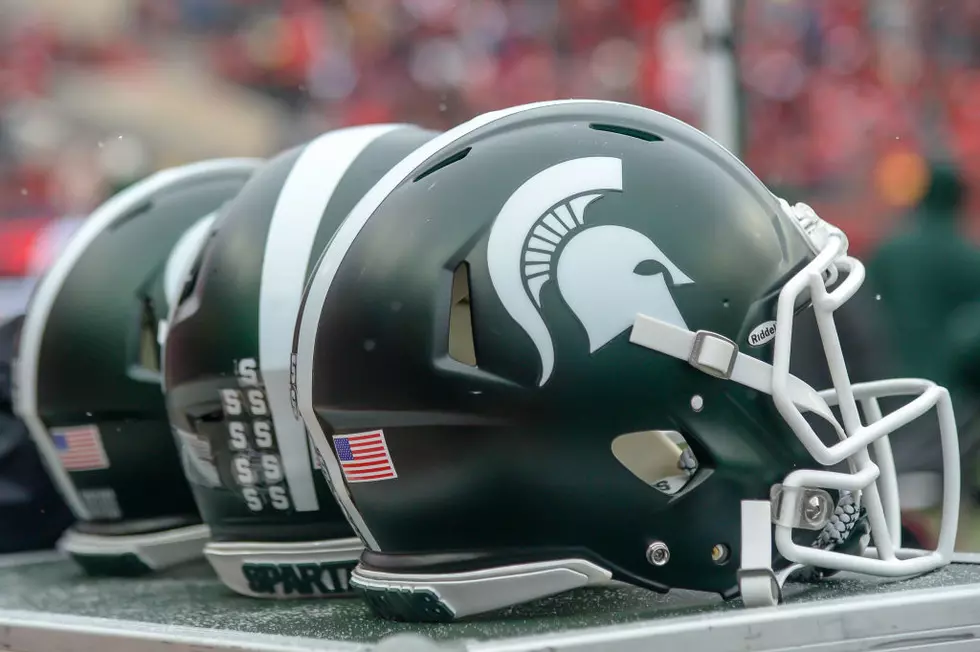
The Great Depression Was Worse in Michigan than Most of the U.S.
The Great Depression, which followed the biggest stock market crash in history in 1929, led to a decade of despair across the nation. But in Michigan, things fared even worse than many other areas of the country.
Michigan's economy was already struggling even before the crash on Wall Street. As the 1930s began, there were large disagreements over how governmental and private response should be organized, executed and paid for.
An article by the Michigan League for Public Policy dug into some of the history related to Great Depression in our state and shows the magnitude of turmoil and confusion that unfolded during the 1930s in Michigan.
The decade was a critical one for the Michigan Conference of Social Work, which was operating as it had since 1912 with volunteer efforts augmented by dues and conference fees. The Conference hired the first full-time executive, launched the Michigan Welfare News publication, and immersed itself in public policy during those trying times, culminating with the group’s legislative committee assisting in the revision of Michigan’s “Poor Law” at the request of the State Welfare Director.
Throughout the decade, the Conference was involved in the controversies over how to respond to the deep needs of citizens and conference members struggled to resolve their own disagreements over organizational matters.
With an unemployment rate reaching an unimaginable 34% in Michigan between 1930 and 1933, people here fared worse than the rest of the country, which averaged 26% of people without jobs. Much of it was related to the auto industry in Detroit and across the state, as jobs at GM alone were cut by 50%. But it took much of the decade to get programs in place to help those who needed it.
By the mid-1930s a movement to reorganize social services and relief work into a state program was gaining momentum. It was recognized that support was needed not just for those with disabilities, children and other vulnerable people but many more who were willing to work but could not find jobs.
Still, the forces in favor of local control of relief work continued to be very strong. In 1937, the Michigan Legislature created a single state-level system with integrated local programs only to have it overturned in 1938 by a referendum vote.
The 1939 Welfare Reorganization Act, intended to implement aspects of the 1935 federal Social Security Act, created a dual system of local control and state supervision of welfare and relief programs that satisfied neither the advocates of a single state welfare system nor the defenders of local control.
The Welfare League’s program, adopted in 1940, focused on three areas of work:
(1) education regarding social welfare objectives, problems, and methods
(2) improvement of standards in the field of social welfare,
(3) assisting in the development of an adequate and effective public welfare program.
By the end of the 1930s, the League had a substantial volunteer effort, a full-time director, ongoing publications and a long list of human services concerns.
The onset of World War II is when things really turned around in Michigan, and across the rest of the country. During the war, more than 12 million Americans were sent into the military, and a similar number worked defense-related jobs. Those war jobs seemingly took care of the 17 million unemployed in 1939. In Michigan, the big auto companies in Detroit were able to put thousands back to work helping build trucks, tanks, planes and ammunition to help with the war effort, completely ending the Great Depression in the early 1940s.

More From 1240 WJIM AM









